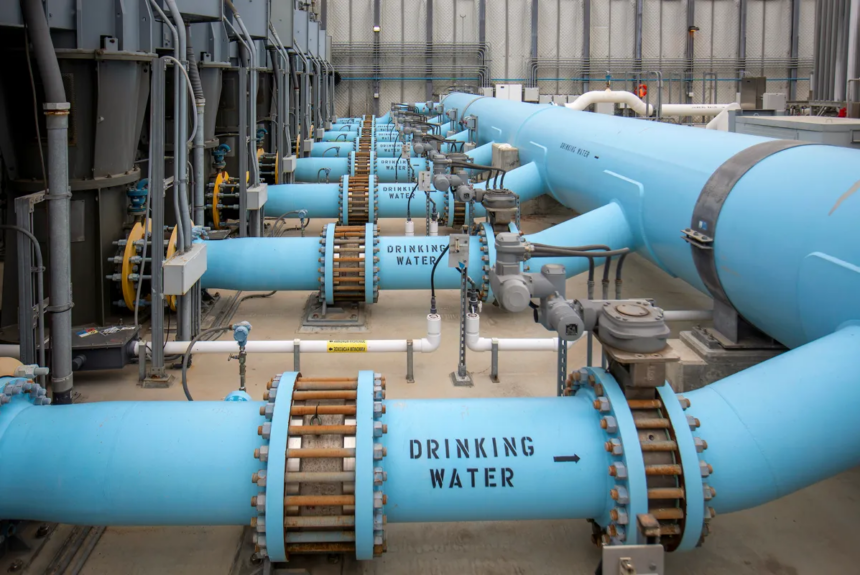According to a report from the Congressional Research Service, more than 400 municipal desalination plants are already hard at work turning saltwater into water fit for human consumption, and more are expected to come online in the next few years. Desalination is a key technology that helps unlock untapped water sources for American communities in dry climates. But there is a problem limiting the growth of desalination—these plants suck up a lot of energy compared to typical water resources.
However, the United States can now boast of being the only country that has been able to couple nuclear power with desalination. Better yet, the nuclear reactor itself desalinates the water.
Natura Resources, an advanced nuclear reactor developer, has successfully used a molten salt reactor to desalinate water. The company has now entered into an agreement with Texas Tech University and Abilene Christian University to test incorporating these reactors into larger desalination plants. However, to understand how massive the development of this reactor is, it’s essential to look at the current state of nuclear power generation.
Nuclear power is a clean energy source that is relatively affordable to generate. However, building a traditional nuclear power plant (and navigating the bureaucratic red tape that slows the process) is still expensive. Dozens of conventional nuclear power plants are already in operation across the country, but with aging infrastructure and a growing demand for clean power, these plants are simply not enough.
>>>READ: Federal Government Signs Billion Dollar Nuclear Deal
Innovation is helping solve some of the key problems stifling the growth of nuclear power in the United States. One particularly exciting development is the advanced small modular reactor (SMR). SMRs are much smaller than traditional nuclear power plants and, thanks to their use of cooling agents like liquid metal or light water, may be deployed in areas without the abundant water typically needed to cool a nuclear power system. While there are no operational SMRs in the United States, the time and cost required to build these small reactors will be substantially less than in building a traditional plant.
Molten salt reactors (MSRs) are a form of SMR that uses molten salt as its cooling agent. These reactors operate at a higher temperature, which increases energy generation efficiency, but at a lower pressure, which can help reduce system malfunctions and improve safety. They produce far less nuclear waste than traditional plants and can even be designed to burn through nuclear waste produced by other plants.
And, as in the case of the Texas partnership, they can even desalinate water. The extreme heat from the MSR evaporates either seawater or brackish water, leaving salt and other contaminants behind. (Unfortunately, molten salt reactors don’t use this sort of salt in the cooling mix, so salt left behind is not instantly put to good use.)
>>>READ: Five of the World’s Leading Fusion Energy Technologies
A hybrid nuclear and desalination plant can be positioned along coastlines to create potable water from seawater. It can also be used where brackish wastewater may occur, including the water produced by oil and gas wells during extraction.
Innovation like this could advance the use of small reactor technology and desalination plants, which would benefit the United States and other nations desperately in need of clean water and affordable energy.
The views and opinions expressed are those of the author’s and do not necessarily reflect the official policy or position of C3.
